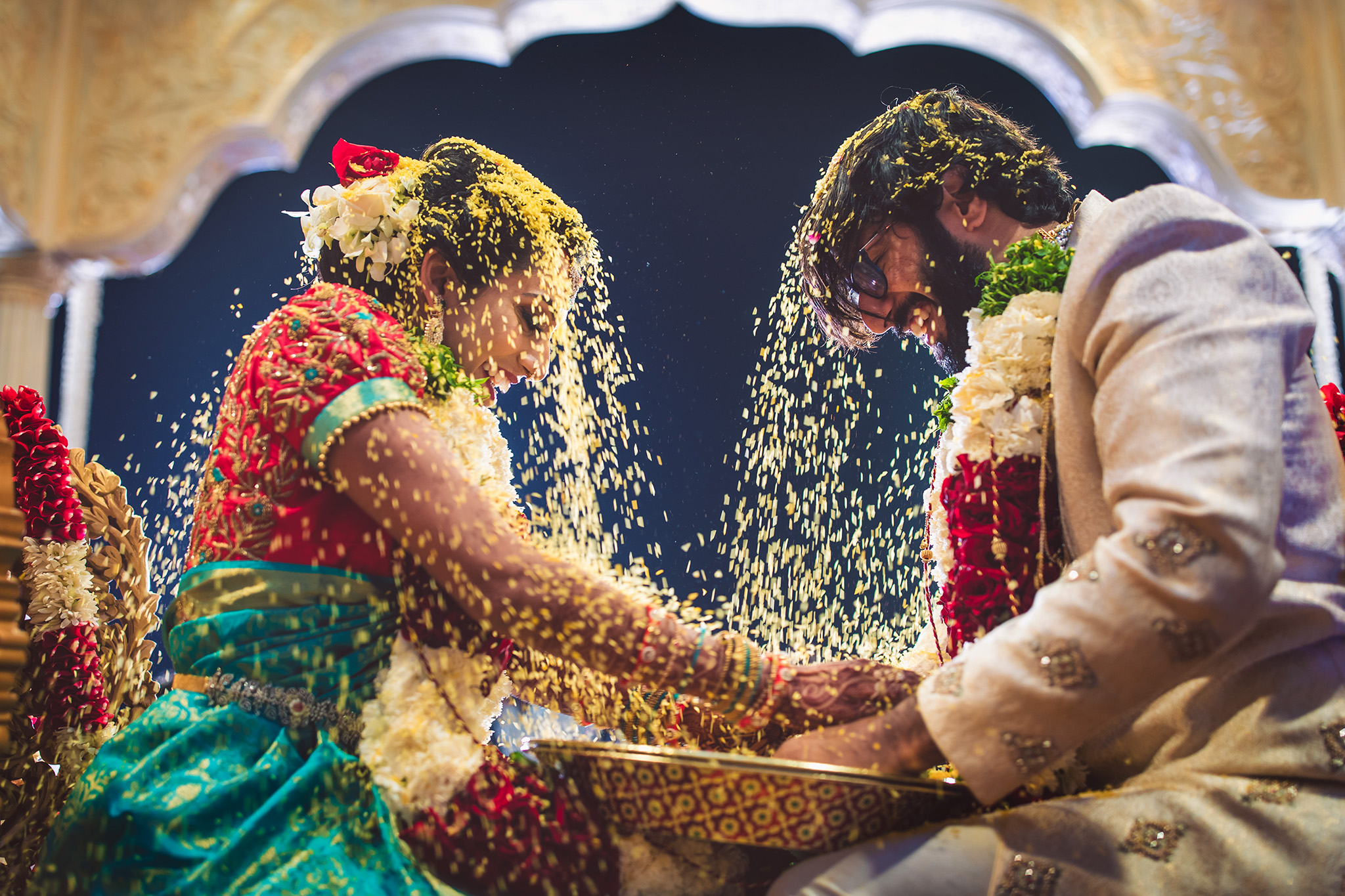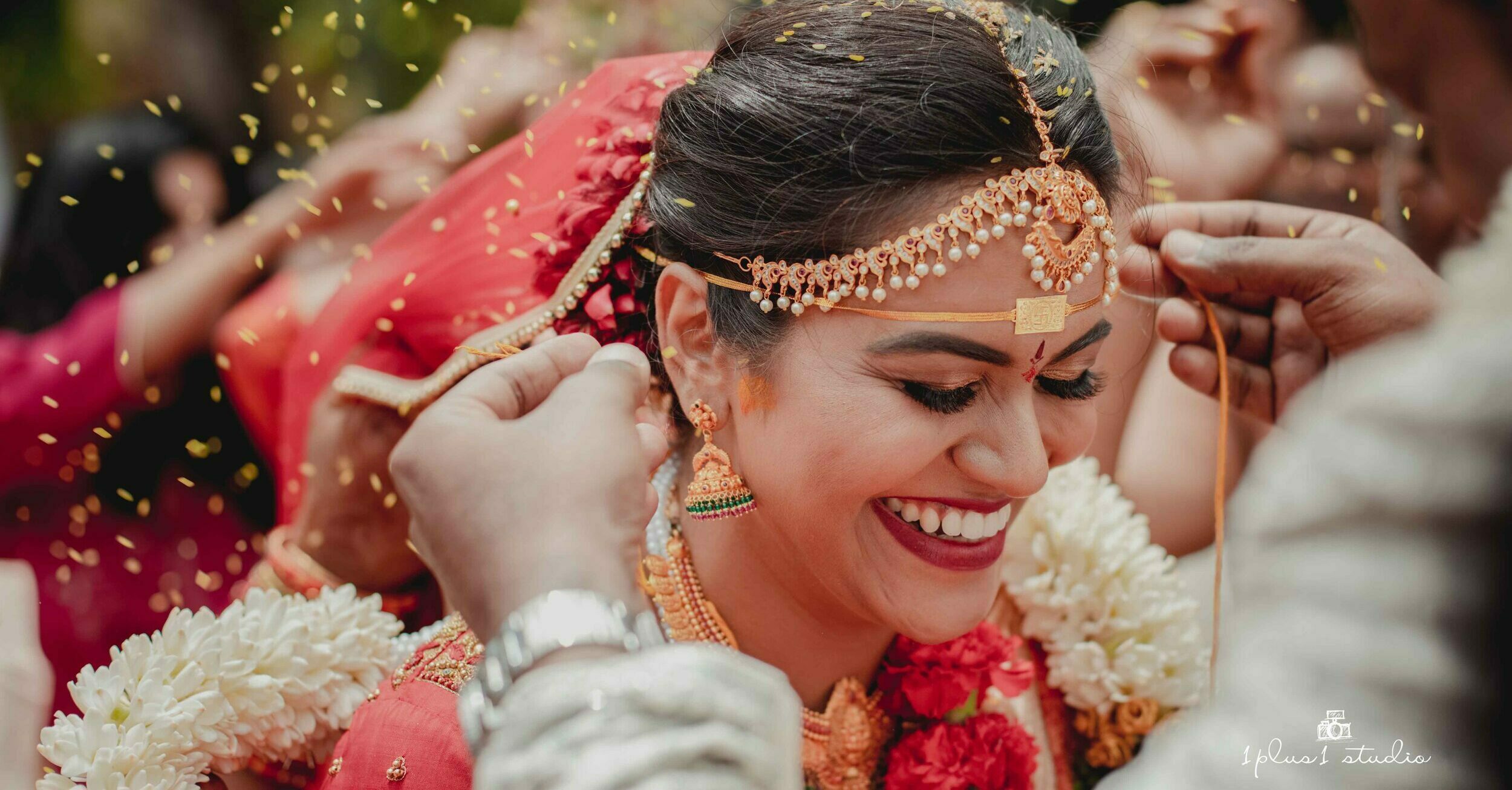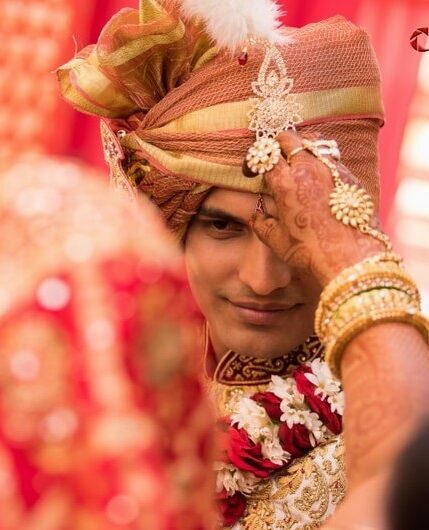Do all rituals in Indian weddings have some meaning?
Why yes, everything in Indian weddings happen for a reason!
Obviously the ritual list is so long that it couldn’t fit in a single article. Did you see Indian culture? No you just can’t see Indian culture. Because there are so many sub cultures and subcultures. Its like a huge branching tree / flowchart that just keeps branching on. Weddings are a most important part of Indian lives. Forget about states, each community and each group has their own wedding rituals. Not a single wedding will be the same as the other. So in this article, let’s explore a few more wedding rituals. Obviously the rituals selected here will be of a vast range. Some are fun while some are sentimental. Some might be unheard of while some might be very common. So let’s see if you know any of these.
Here are some more of different Indian wedding rituals and their meanings decoded
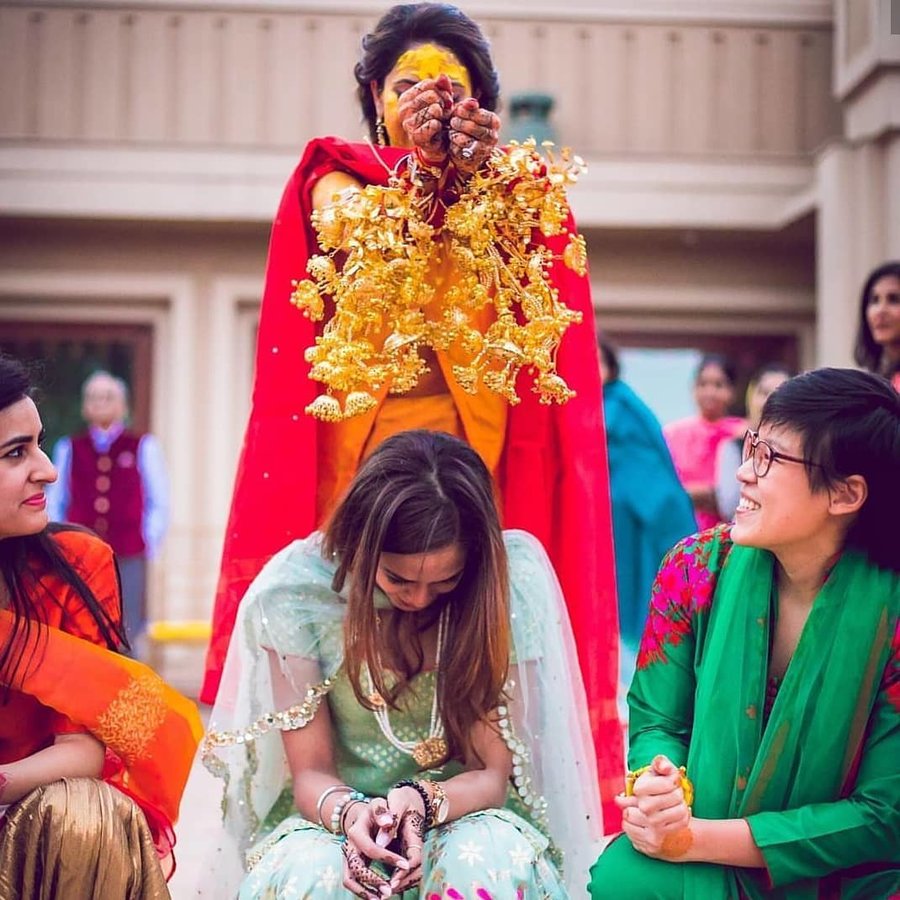
The pre wedding kalire ceremony.
This is a fun yet sentimental one. In Indian families, the maternal uncle or the mom’s brother is given an important role right from childhood. From being with the child when she gets her first baby hair cut to giving her her first saree and first ornaments when she becomes a woman, the maternal uncle or the mama is always the one who spoils her. Extending the role and adding in a sentiment, the bride’s chura (bangles) and kalire for her wedding day always come from her maternal uncle. To add in the fun factor, the bride’s cousins and sisters pitch in to the designs. The kalire are a bunch of dangling trinkets. This is to signify that the bride is carrying a part of her childhood friends and siblings into her new life. Before the wedding though, she is to dangle these kalire on top of all her female friends. The person on whose head the broken pieces fall, will be married next. Or so they say.
The Ponkvu
This is yet another fun yet meaningful ceremony. It’s just a brief encounter that the bride's mother has while the groom comes with the ‘baraat’ to marry their daughter. The mother in law is the first person who receives the groom from the horse. The groom has to bow down and take her blessings. Then the mother in law will apply Tilak to his forehead but she will also pinch the groom’s nose or ears. This is to make him maintain his humility. It is a form of, ‘you may marry our daughter but you are still under our watchful eye’. The pinching nose is done in almost all North Indian, Gujarat, Punjabi weddings but the pinching ear one is special to Maharashtra weddings. Here, instead of the mother, the father, brother and male cousins of the bride take part.
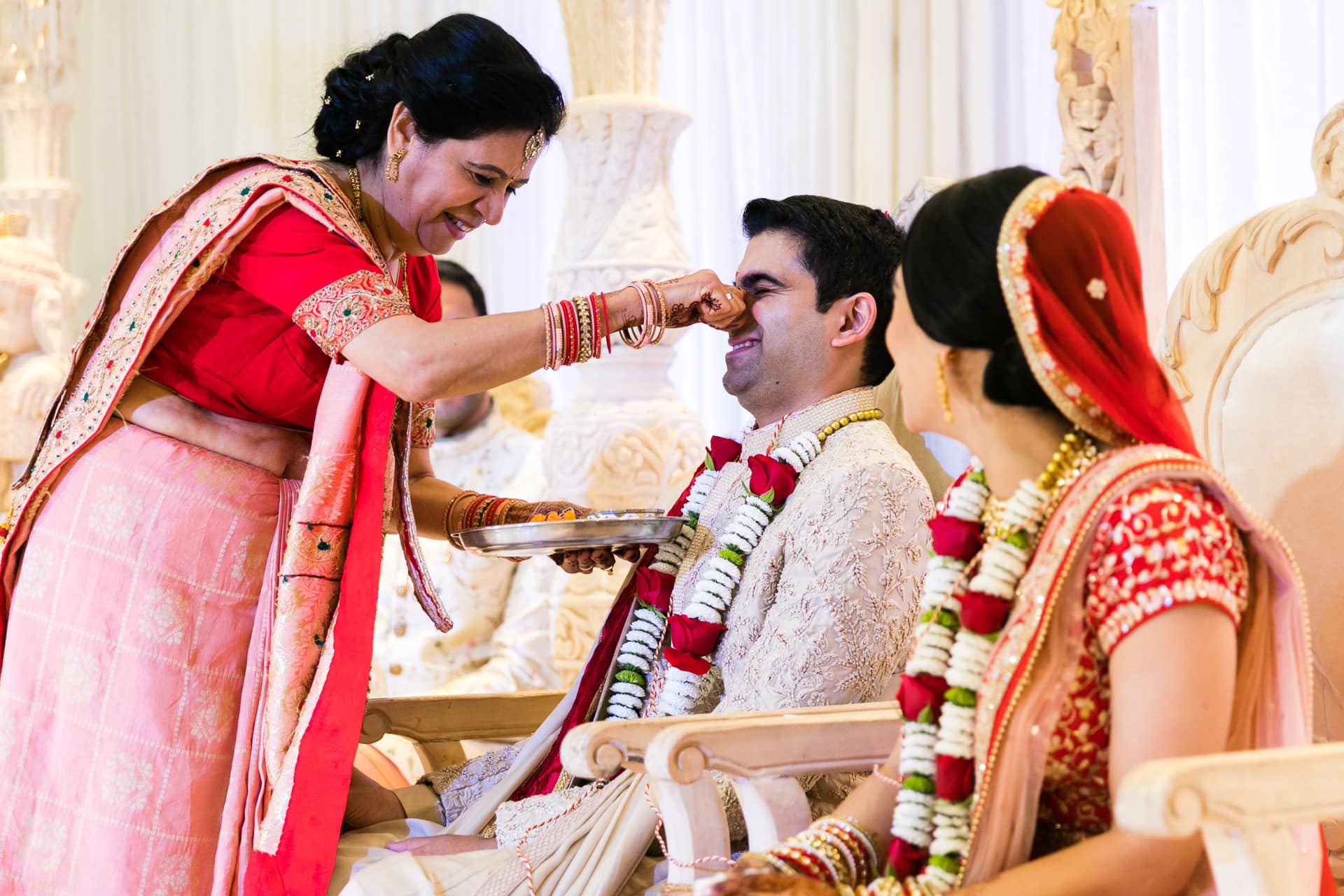

Washing the feet of the groom
This is a very sentimental one from the south. Mostly seen in telugu / south Indian weddings. Here, the groom is treated like royalty. The bride’s father is the one who does the ‘kanyadaan’ or, giving away the girl. So before the wedding starts and when they are all seated on the mandap, they place a white cloth as a barrier between the bride and the groom. The groom’s feet will be visible from under the cloth. The bride’s father washes the feet of the groom and sometimes sprinkles the water on his own head to show that he is now treating her daughter’s chosen man as royalty, thereby elevating his daughter to royalty as well. Some new generation weddings don’t have this as they find it offensive but well, that’s the range of Indian rituals for you. The white cloth only comes off and the bride and groom can see each other only after they put ‘Jilakarra Bellam’ on each other’s head; which is a different ritual in itself.
The joota churai or hiding the sandals
Coming back to fun and coming back to the North, this is almost a prank that the bride’s cousins and siblings pull on the groom. He is taking their sister away from them for good. He should suffer a bit during the process – is the logic behind this. The groom will only get his sandals or chappal back if he gives a good amount of shagun or blessing money to the sisters. It’s either that, or the groom’s side should go around the whole venue searching for the hidden chappal.


Talambralu or showering rice on top of each other’s head.
This is another fun filled event in the South Indian weddings. After the more serious rituals are completed, the bride and groom take turns to shower each other with rice, small pearls, colourful balls and such trinkets. This is to signify that they will each be showing the other person with prosperity and good health throughout their wedding. This is fun because the cousins and siblings pull the bride and groom back to dodge the talambralu and test whether the other person will still shower them even though it’s difficult. See? Fun, meaningful and super photogenic.
Pag phere
This is a sentimental post wedding ritual. After the marriage and the vidaai (another sentimental ritual,) the bride gets into the shaadi car or the specially decorated wedding car and goes straight to the groom’s house. After a few days, the bride has to go back to her maternal house. She is taken to her house by her brothers. She spends three days at her maternal house. This is because the bride or the daughter of the house is seen as the goddess of prosperity for the whole house. She has to go back to her house to see to it that her parents are doing fine. After three days, her groom comes back to get her. During this time some families pull a small prank saying that the bride isn’t there or that the groom has to find the bride himself in a group of many women. This is to see how observant and dedicated he is to the bride.


